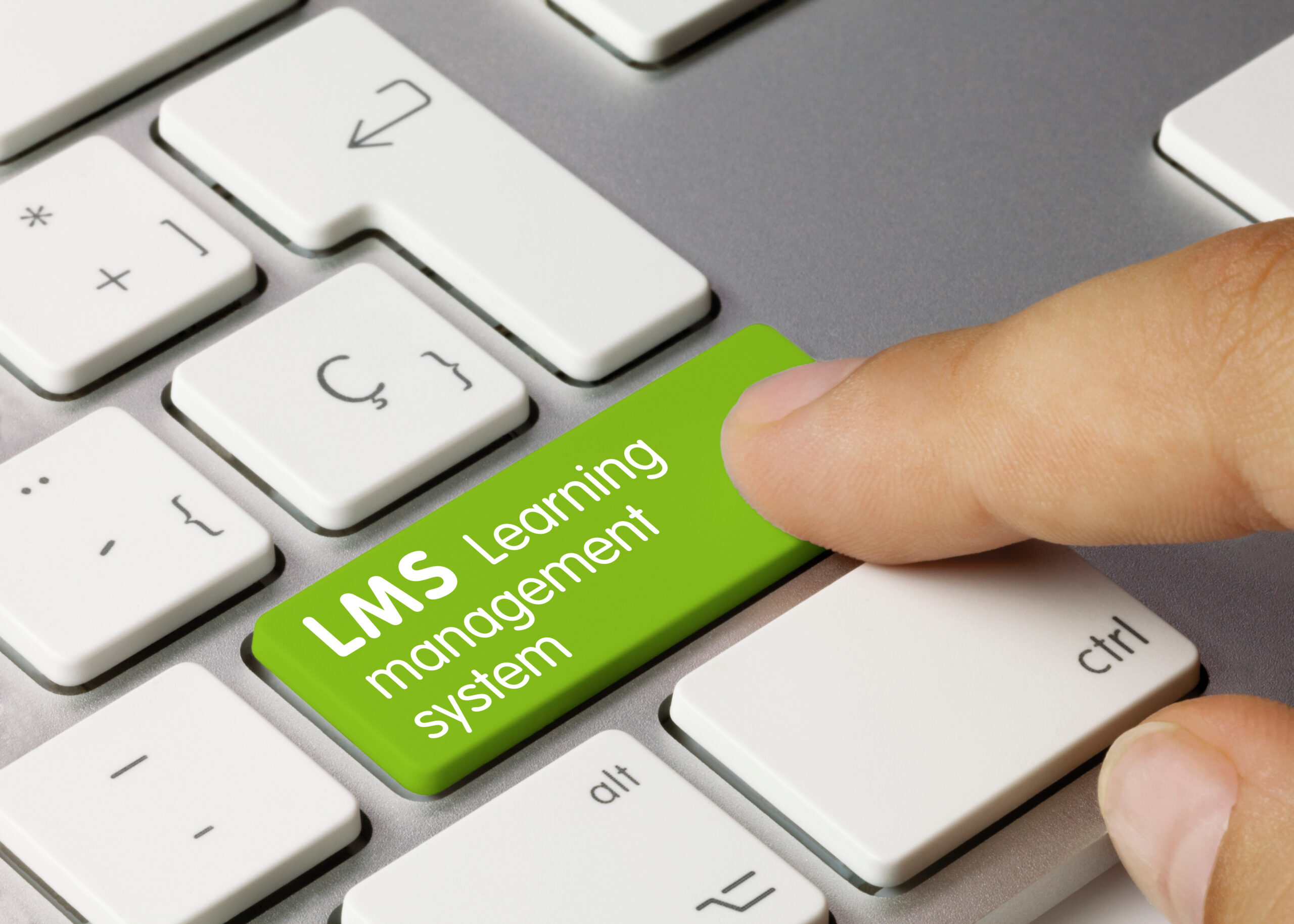A couple years ago you got your first Learning Management System (LMS), it was like having your first bicycle! You were really excited; you could not wait to get on the bike and get moving. The freedom of the open road, the wind blowing in your hair, it was incredible! But when an obstacle appeared straight ahead, you had a hard time turning. What’s going on! Oh, right, the training wheels are still on. Riding your first bicycle is much like your first LMS, it may look nice and perform certain functions well at first, but the features are limiting compared to some of the other bicycles you notice on the road.
Exploring Essential LMS Features
Today’s learning professional needs to demonstrate the importance and value you bring to the organization. You need to demonstrate the workforce is competent and the major projects being executed are not at risk because the company is compliant. If you can’t demonstrate these things easily, your job is at risk. It’s not because you are incompetent, but more likely because you’re using outdated systems that take too long to get the information you need.
Is it time for an upgrade? Do your end-users have all the features they need to make learning easy? Before the contract with your current LMS provider expires, you should be comparison shopping to make sure you’re getting the features you need to support your company at the right price. Since you already have data in an existing LMS, it’s MUCH easier to move data to a new LMS than it is to create data from scratch. So what should you think about when looking into your next LMS?
Here are the top LMS features available in the best Learning Management Systems today:
- Automatic Sign-on: What??? No password to remember? Absolutely! Users should sign onto their work computer and when they click on the icon for the LMS it opens and learners can start learning. There is no reason for another password to remember with today’s technology. But what about passwords for other learning providers? (See next item)
- Simple User Interface: Users don’t want unnecessary features – like badges and icons that make them think they are competing in a video game.
- One Portal for ALL Learning: Regardless of Provider, you should have all of your training in one portal – Yes!!! Especially for learners that may not be fully digitally comfortable, make sure your LMS is ready for Single-Sign-on. With today’s digital ecosystem, a robust LMS should allow your LMS to connect with any training provider. We know for a fact that LinkedIn Learning can connect to other learning management systems, even Instructor Led Training (ILT) providers with a digital schedule should be able to digitally interface with your LMS, so learners can select enroll in classes from approved providers.
- Personal Learning Experience: When users log into the LMS, they only need to see what they are required to complete based on company policy in their own “digital-to-do-list” unique to their role(s). Sure, they can browse the digital catalog for optional courses and content, but their learning NEEDS are just that, what they NEED to do to stay compliant and competent based on your company and regulatory policies.
- Real-Time Reporting: All the data is already in the system, so as a subscriber and user of the system, you should have access to real-time reports and data. Reports should have a scheduling feature where they can be emailed to a list of recipients periodically. If your LMS could also interface with other modern reporting systems automatically (e.g., Tableau or PowerBI), it would be even better!


